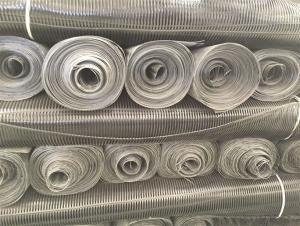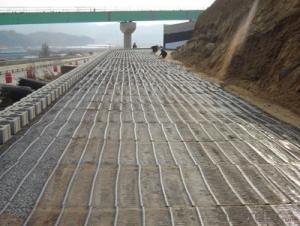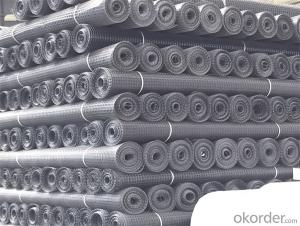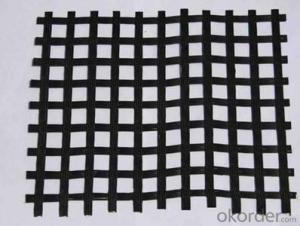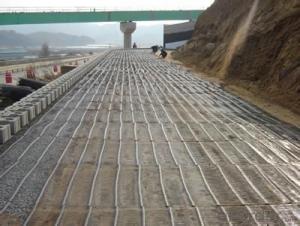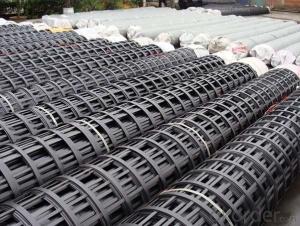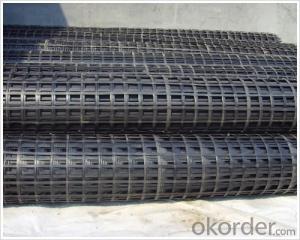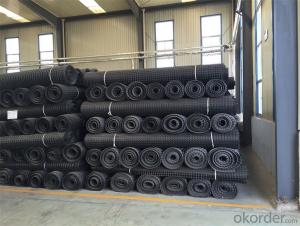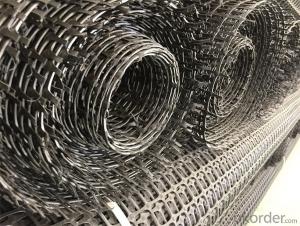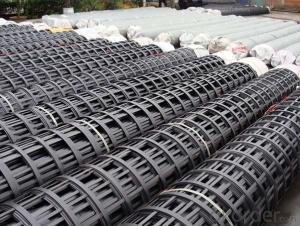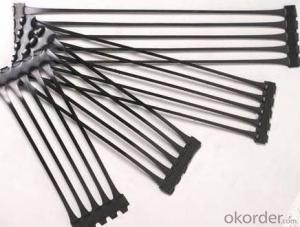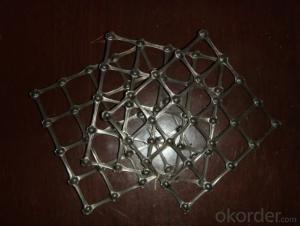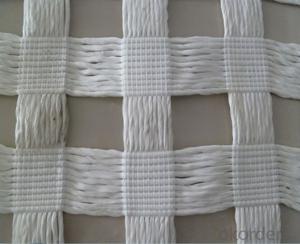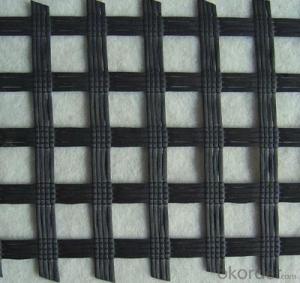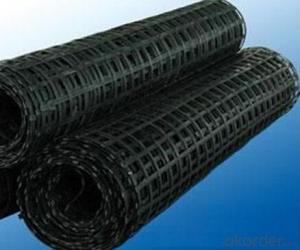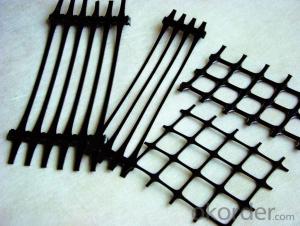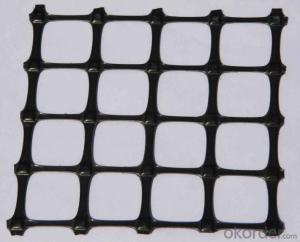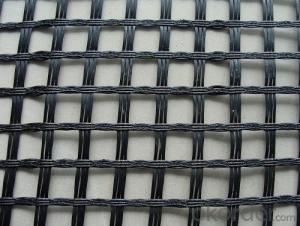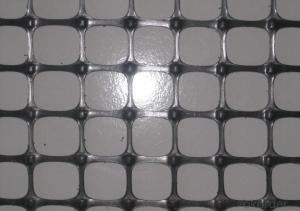Tensar Biaxial Geogrid
Tensar Biaxial Geogrid Related Searches
1708 Biaxial Fiberglass Tape Srw 3 Series Geogrid Biaxial Plastic Geogrid Best Geogrid Black Poly Geogrid Geogrid Landscape Fabric Geogrid Fabric Cost Geogrid Fabric Driveway Geogrid On Slope Woven GeogridHot Searches
Tensar Geogrid For Sale Geogrid China Tensar Triax 160 Geogrid Price Tensar Ss40 Geogrid Price Tensar Tx160 Geogrid Price Triax Geogrid Price Geogrid Price Tx160 Geogrid Price Tensar Triax Tx160 Price Tensar Tx160 Price Tensar Type 2 Geogrid Type 2 Geogrid Home Depot Geogrid Geogrid Home Depot Geogrid Material Suppliers Geogrid Fabric Near Me Geogrid Aperture Size Geogrid Products Geogrid China Geogrid Mesh PriceTensar Biaxial Geogrid Supplier & Manufacturer from China
Okorder.com is a professional Tensar Biaxial Geogrid supplier & manufacturer, offers integrated one-stop services including real-time quoting and online cargo tracking. We are funded by CNBM Group, a Fortune 500 enterprise and the largest Tensar Biaxial Geogrid firm in China.Hot Products
FAQ
- Yes, geogrids can be used in geothermal energy systems. Geogrids are often used to reinforce soil structures and provide stability, which can be beneficial in supporting the infrastructure and components of geothermal energy systems. They can help prevent soil erosion, provide load-bearing capacity, and enhance the overall performance and longevity of the system.
- Where is the geogrid used?
- For subgrade reinforcement, the particulate filler and each grid locked together, to form a stable plane, prevent filler subsidence, and the vertical load or scattered areas with adverse geographical conditions can use multi-layer reinforcement; 2 shop on the dam and embankment can increase its stability, reduce the area for 3; Pavement Reinforcement, grid and pavement material mix, can effectively disperse the load transfer, avoid cracks; 4 can bear impact load; 5 can withstand higher cyclic load; 6, shorten the construction cycle; 7 in harsh environmental conditions, but also to the construction; 8 can prevent frost caused by pavement subsidence and crack;
- Geogrids improve the performance of mechanically stabilized slopes during seismic events by providing additional reinforcement and enhancing the stability of the slopes. They act as a tension element, distributing and transferring the seismic forces throughout the slope, thereby reducing the potential for slope failure and displacement. Geogrids also increase the strength and stiffness of the soil, improving its resistance to shear and lateral movement caused by seismic shaking. Overall, geogrids enhance the structural integrity of mechanically stabilized slopes, making them more resistant to seismic events.
- Yes, there are limitations and drawbacks to using geogrids. Some of the limitations include the need for proper installation and compaction to achieve desired performance, as well as the requirement for an appropriate soil structure to effectively interlock with the geogrid. Additionally, geogrids may not be suitable for certain soil types, such as highly compressible or expansive soils. Other drawbacks include potential damage during installation, high cost compared to conventional soil reinforcement methods, and potential long-term degradation due to environmental factors.
- Yes, geogrids can be used for reinforcement in railway tracks. Geogrids are high-strength, synthetic materials that are commonly used in civil engineering applications, including railway track construction. They provide additional stability and load-bearing capacity to the tracks, improving their overall performance and durability. Geogrids are often used in areas with poor soil conditions or where there is a need for additional support to prevent track deformation and settlement.
- Yes, geogrids can be used in subgrade stabilization applications. Geogrids are commonly used to reinforce and stabilize weak soils in subgrade construction. They provide tensile strength and improve load distribution, ultimately enhancing the stability and performance of the subgrade.
- There are several different types of geogrids available, including uniaxial geogrids, biaxial geogrids, and triaxial geogrids. Uniaxial geogrids are designed to primarily provide tensile strength in one direction, while biaxial geogrids offer strength in both directions. Triaxial geogrids, on the other hand, provide strength in all three directions. Each type of geogrid is used for specific applications depending on the desired level of reinforcement required.
- Creep can have a significant impact on the performance of geogrids. Over time, the constant stress and strain on the geogrid can cause it to slowly deform and lose its original shape and strength. This can result in reduced load-bearing capacity and overall effectiveness of the geogrid in reinforcing and stabilizing the soil. It is important to consider creep behavior when designing and selecting geogrids for long-term applications to ensure their durability and performance.







